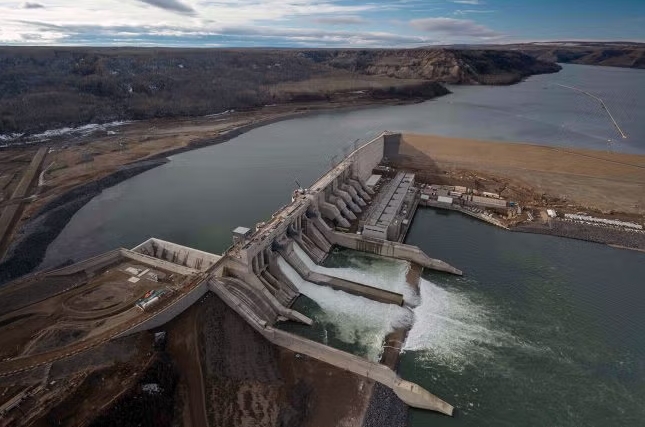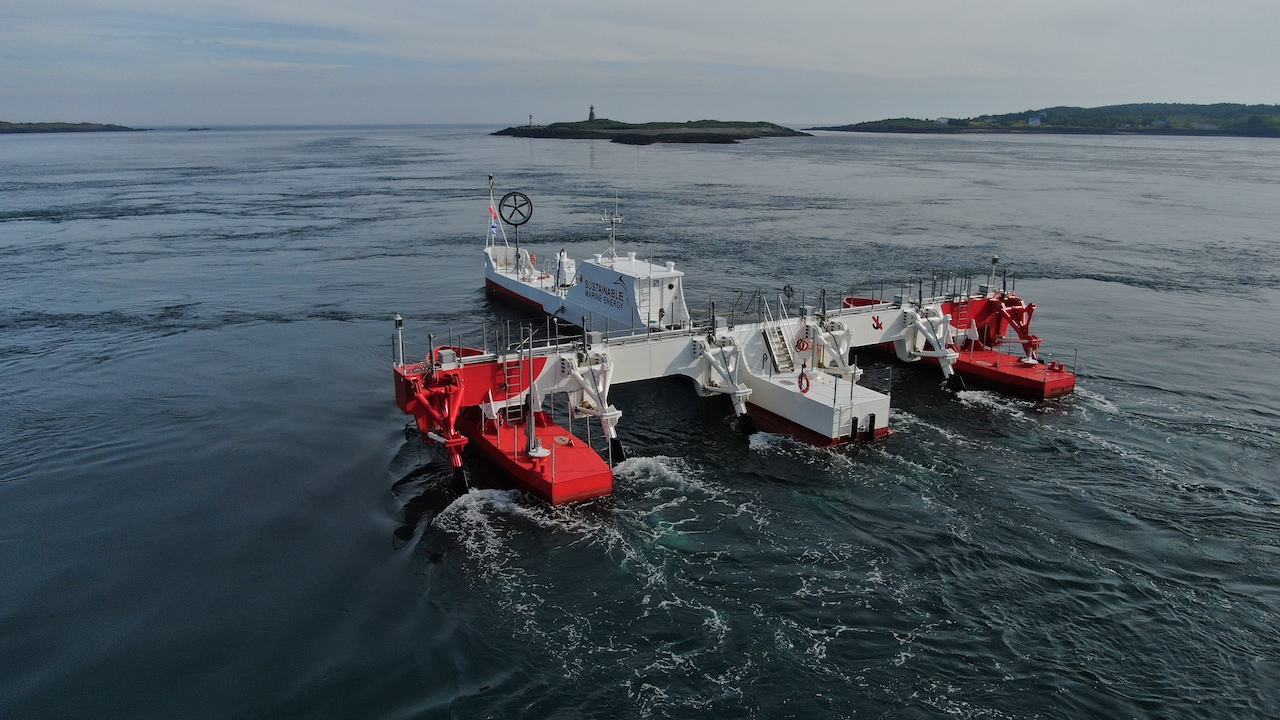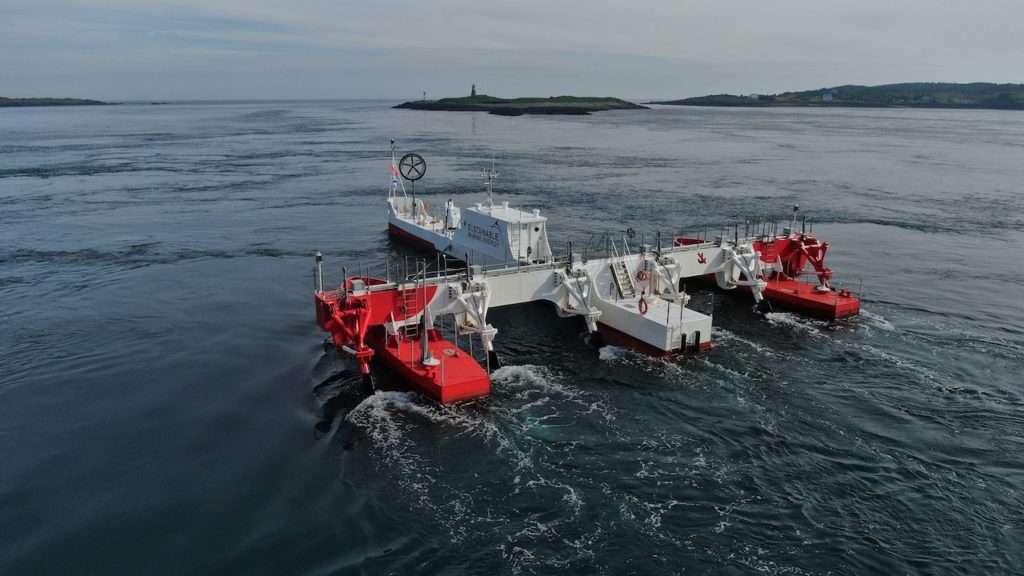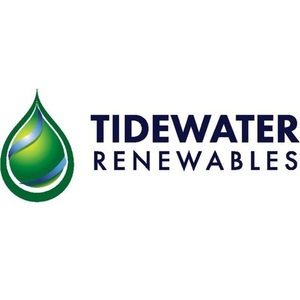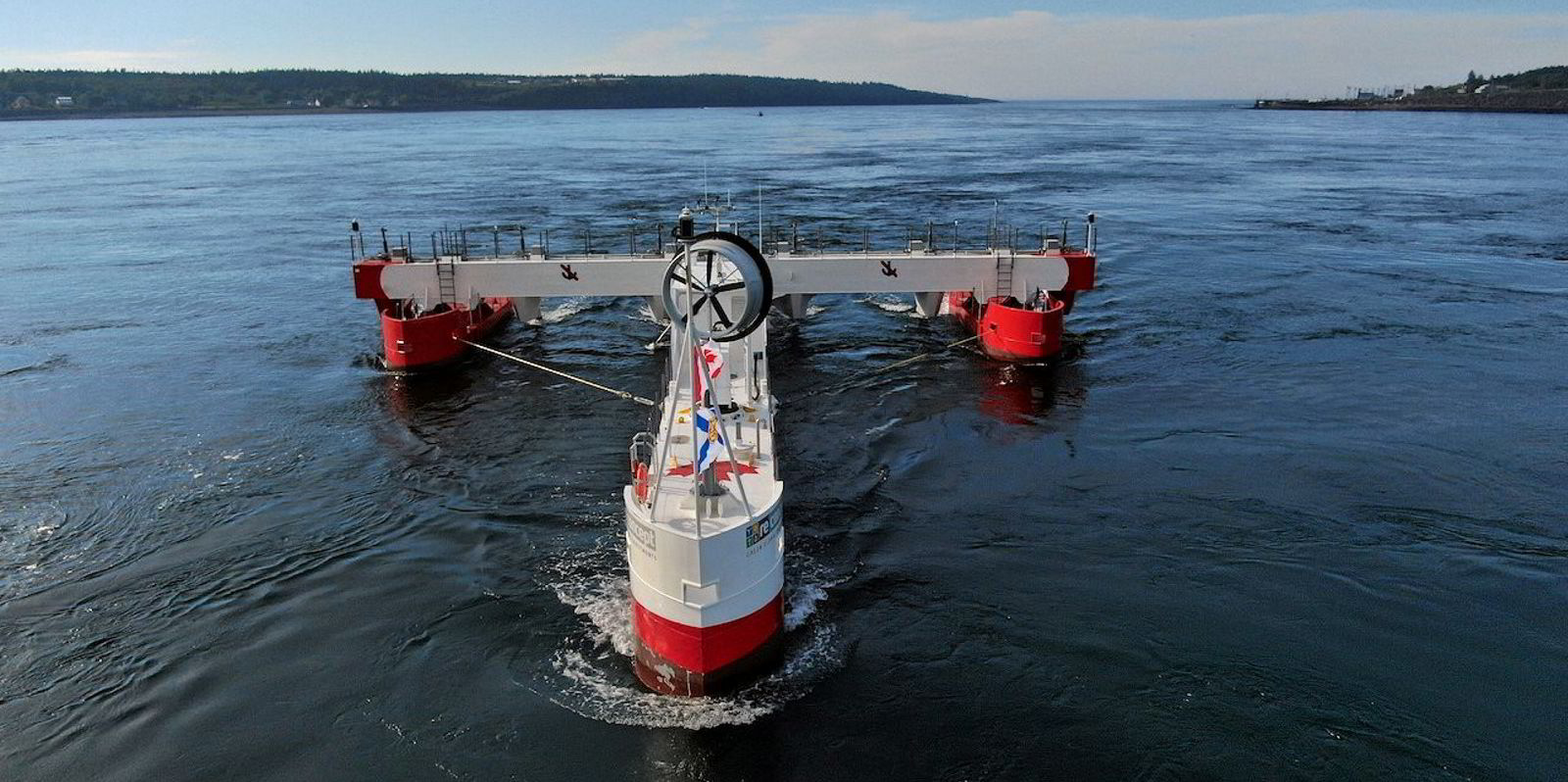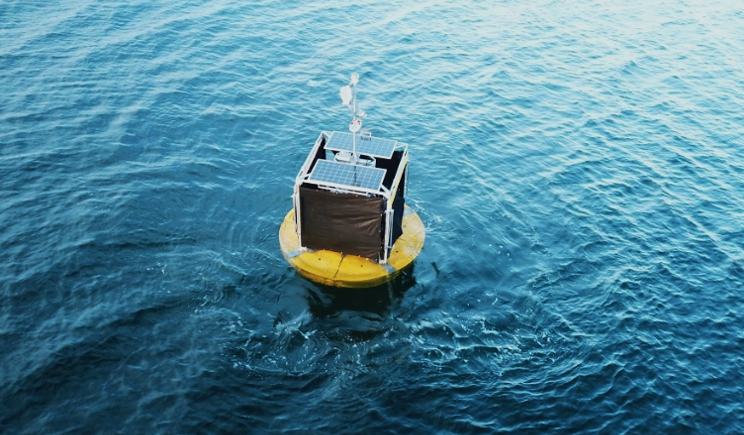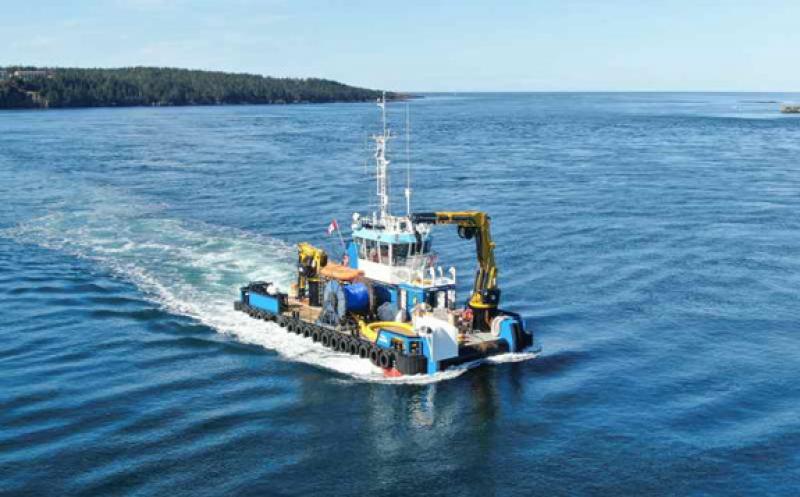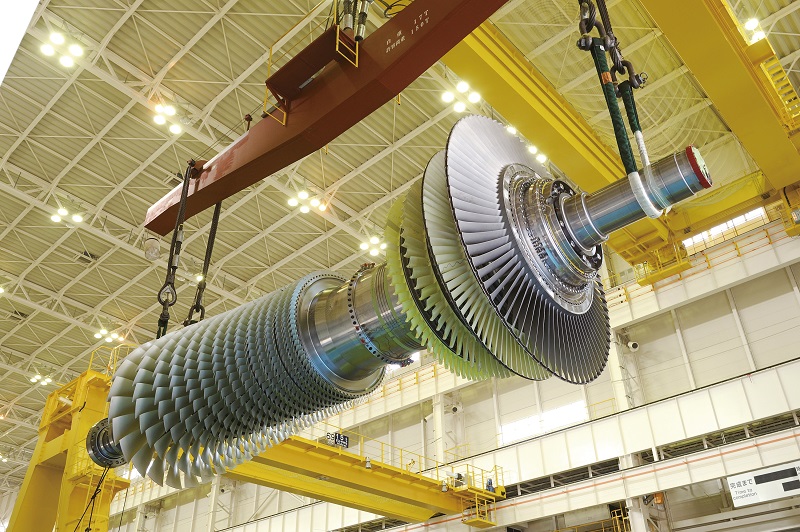
According to statistics from Carnegie Mellon University, carbon emissions in the US energy sector have decreased by 30% since 2005 due to a combination of renewable energy and natural gas replacing coal-fired power plants.
Having become a global market share leader for heavy duty gas turbines Mitsubishi Hitachi Power Systems (MHPS) has become an important part of the US’ energy transition efforts, and has developed gas turbine technology that allows natural gas and hydrogen to produce power with even lower emissions.
However in many parts of the western US, there are times of day when production of renewable energy is higher than the demand for electricity. This can lead to negative energy pricing and restrictions on renewable generation.
For renewable energy to be viable in the long-term the excess power needs to be stored for later use, which requires a system with a large storage capacity to meet the demands of the entire western US.
A potential solution to the dilemma has come in the form of the Advanced Clean Energy Storage (ACES) project in Utah, which MHPS along with a consortium of partners announced of on 30 May 2019. They are planning to develop 1,000MW of clean energy storage in the world’s largest project of its kind. [Main body]
How does the ACES project work?
The ACES initiative makes use of a domal-quality salt formation owned and controlled by Magnum Development, a “geographically rare geologic formation” and the only known formation of its kind in the western US. Five salt caverns are already in operation for storage of liquid fuels, and Magnum is now developing options for renewable energy like wind and solar power to be stored as compressed air or hydrogen within this salt dome.
The project will initially be developed to store enough energy to serve the needs of 150,000 households for a year, and there will eventually be four types of clean energy storage deployed at scale. These energy storage technologies include solid oxide fuel cells, renewable hydrogen, large scale flow batteries and compressed air energy storage.
MHPS and Magnum plan to use their existing expertise to expand renewable energy assets in the western US.
“Magnum and MHPS are great partners,” said Magnum CEO Craig Broussard. “Magnum has the below-ground technologies necessary to store energy at utility scale, while MHPS has the above-ground technologies to supply electricity at grid scale.
“With the ACES initiative, we will dramatically accelerate the vision of a western renewable energy hub that we launched over a decade ago.”
Magnum’s site is located adjacent to Utah’s Intermountain Power Plant, which will allow the project to integrate with existing energy infrastructure in the western US.
“Central Utah is the ideal location for this project, and Utah is a business friendly state for projects like this,” said Broussard.
“Magnum’s site adjacent to the Intermountain Power Project is positioned to take full advantage of existing regional electricity grid connections, fully developed transportation infrastructure, ample solar and wind development capacity, a skilled workforce currently transitioning away from coal, and, of course, the unique salt dome opportunity.”
The project has strong support from the state, with Utah governor Gary Herbert saying “Utah continues to set the standard among states for driving next generation solutions to market. I’m proud that Millard County’s skilled workforce, strategic energy infrastructure and unique geological salt domes have put Utah on the map as the epicentre of utility-scale storage for the Western United States.”
A decarbonised future?
The ACES project is part of efforts across the US to reduce carbon emissions, with a number of states aiming to decarbonise their energy infrastructures despite the Trump administration’s pursuit of offshore drilling operations.
The New York Senate passed the Climate Leadership and Community Protection Act on 19 June 2019, expressing carbon emissions targets and diverting the state’s energy to renewable sources in “the most comprehensive and aggressive climate change legislation in the nation”.
Similarly, California became the largest economy in the world to commit itself to exclusively sourcing energy from renewable sources by 2045 in August 2018.
“For 20 years, we’ve been reducing carbon emissions of the U.S. power grid using natural gas in combination with renewable power to replace retiring coal-fired power generation,” said MHPS CEO and President Paul Browning.
“In California and other states in the western US, which will soon have retired all of their coal-fired power generation, we need the next step in decarbonisation.”
Renewable energy generation overtook coal power generation in the US for the first time in its history in April 2019, making up 23% of the country’s energy generation compared to coal-fired electricity at 20%.
Through the development of the ACES, Utah’s energy industry expects to capitalise on these developments and ensure renewable energy remains economically viable for the US west coast.
“Governor Herbert’s strategic energy plan continues to accelerate unprecedented investment, innovation and workforce opportunities for Utah’s diverse energy landscape and provide the energy future that delivers global solutions to meet ever-evolving market demands,” said Utah energy advisor Laura Nelson.
“The unmatched investment and innovation brought forward by MHPS and Magnum Development to rural Utah again demonstrates the power of the forward-looking energy policy I have advanced throughout my administration.”
